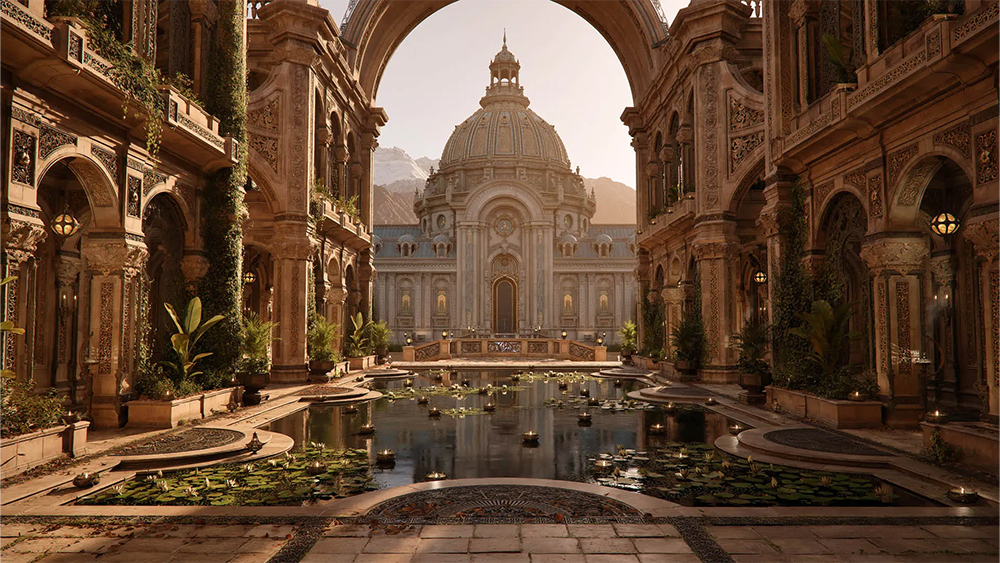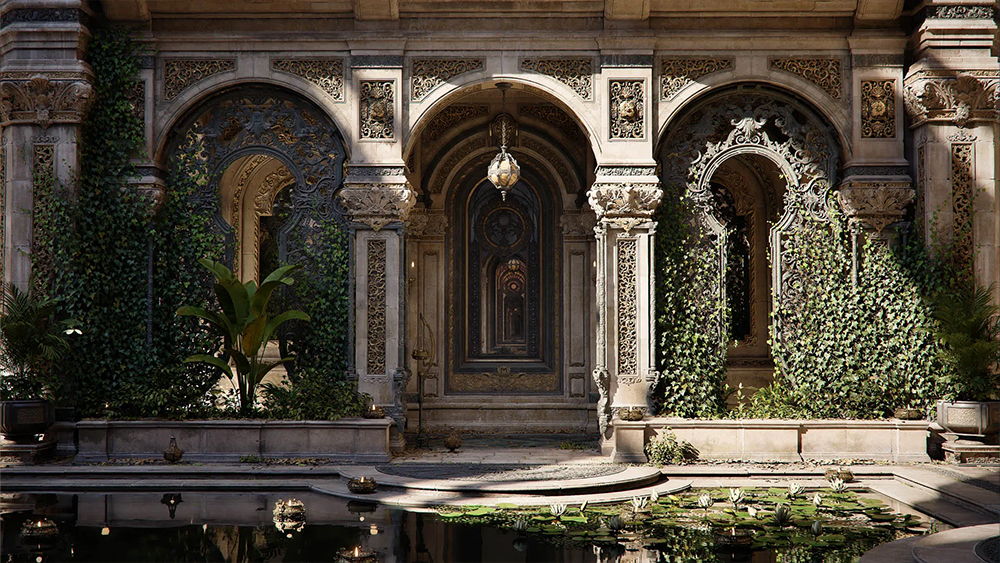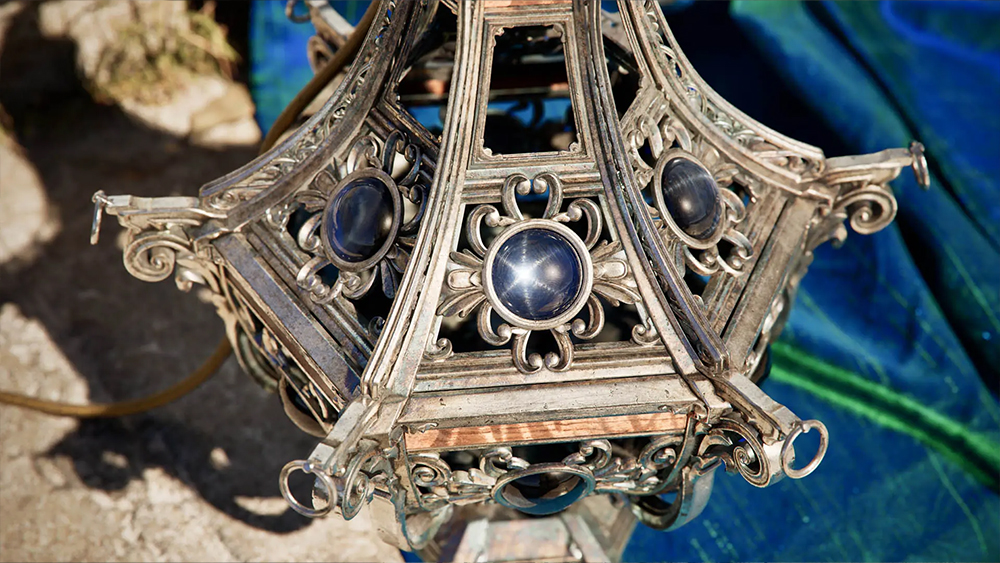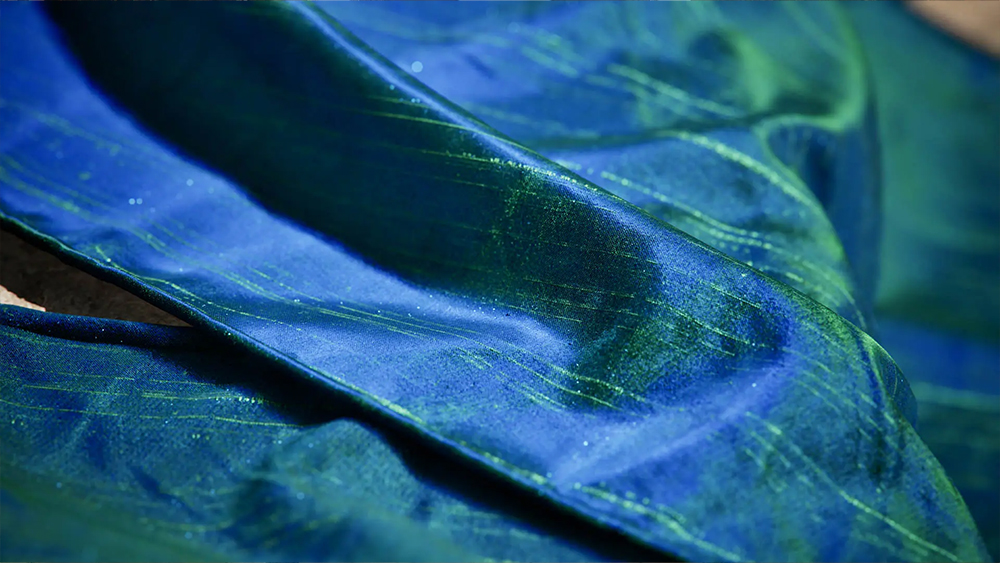
Nvidia has been at the forefront of recent advances in graphics. After all, it makes many of the best graphics cards.
It's pioneered the introduction of programmable shaders, real-time ray tracing, and AI-powered technologies like DLSS and RTX Neural Shaders. Nvidia's neural rendering is the next advance – as demonstrated in an update to its Zorah tech demo.
For the best programs for creative work, see our roundup of the best 3D modelling software, animation software, and game development software.
What is Nvidia's neural rendering?
Nvidia describes neural rendering as the next era of computer graphics, integrating neural networks into the rendering process, to offer a leap forward in performance, image quality, and interactivity.
Part of the RTX Kit, neural rendering uses AI to enhance graphics by compressing complex shader code and textures. The aim is to enable cinema-quality visuals at game-ready frame rates, and with supporting features like RTX Neural Materials and DLSS 4.
Nvidia RTX Neural Shaders add small neural networks into programmable shaders. The technology framework enables the training and deployment of neural networks directly within shaders, enabling users to compress game data and shader code and approximate film-quality materials, volumes, geometry, and more in real time.
Nvidia's Zorah tech demo

Nvidia has updated its Zorah tech demo with new scenes that it says "push the boundaries of RTX real-time path tracing" and showcase the stunning power of neural rendering on new Blackwell-powered GeForce RTX 50 Series GPUs.
For the new scenes, Nvidia’s Lightspeed Studios created procedural materials in Substance 3D Designer and highly detailed textures in Substance 3D Painter in what it describes as its "most ambitious tech demo yet."
"Our goal with the RTX Neural Materials demo was to demonstrate how AI-accelerated rendering can enhance PBR textures and BSDF materials," it says. "We were able to render complex real-world visual phenomena that would typically be challenging to achieve traditionally in real-time."



Substance 3D Painter played an important role to achieve highly detailed textures, using its ability to handle complex geometries, detailed asset texturing and UDIM support.
The team first modeled and sculpted in Blender. They created a set of tile materials using Substance 3D Designer with multiple variations of details and exported to the Painter shelf. Texturing was done in Painter using a composition of multiple layers from base stone adding accents of gold and different layers of dirt and weathering to make the asset look like a real-life scan.
Finally, the UVs were done using 6 x 4k UDIMs textures and exported to Unreal Engine. It used the new RTX Mega Geometry technology, RTX Global Illumination and NVIDIA RTX Path Tracing. You can read the full breakdown on Adobe's website and you can learn more about the tech in the Nvidia Developer Technical Blog.







